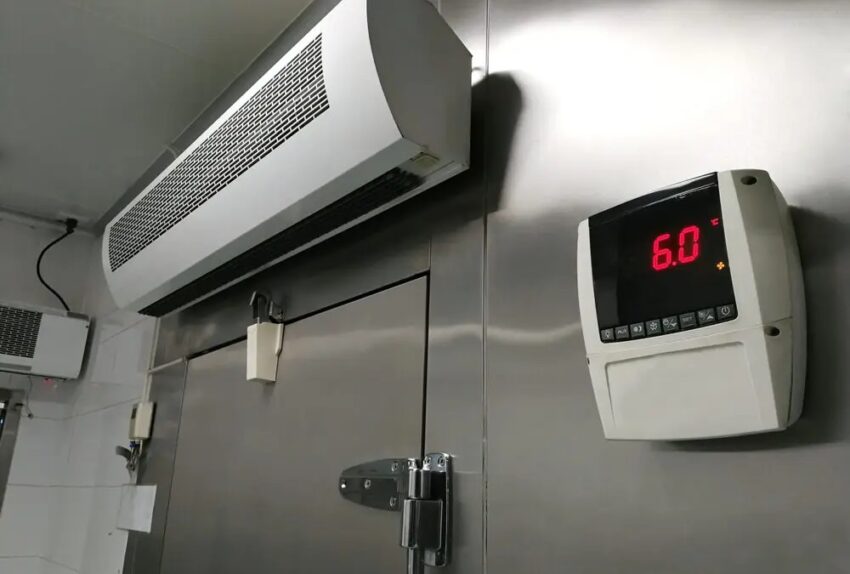Thermal Altitude Testing: The Basics

Before any space-bound vehicle or component can be launched, it must undergo rigorous testing to ensure it can withstand the harsh conditions of space. One crucial aspect is thermal altitude testing.
Thermal altitude testing replicates the challenging environment of high altitudes, characterized by low pressure, lack of moisture, and extreme cold, to verify that the equipment will function reliably in space. This test is essential for devices used in satellites, spacecraft, and similar systems.
Conducted within an altitude chamber, this test exposes equipment to the exact atmospheric conditions found at various altitudes, evaluating their durability and performance amid extreme temperature and pressure changes. These chambers, often equipped with space valves from Marotta Controls, are specifically designed with control systems that can precisely adjust conditions to replicate different atmospheric layers.
Passing these rigorous tests also confirms that the components meet the required international, commercial, and military standards, ensuring reliability for both terrestrial and space operations. Meeting these standards not only guarantees mission success but also enhances the product’s competitiveness in a highly competitive industry.
In summary, thermal altitude testing is an essential process to ensure the readiness and safety of equipment for the extreme conditions of high-altitude and space environments, protecting investments and ensuring mission success. For more detailed information about thermal altitude testing and its importance, consult the additional resource below.



